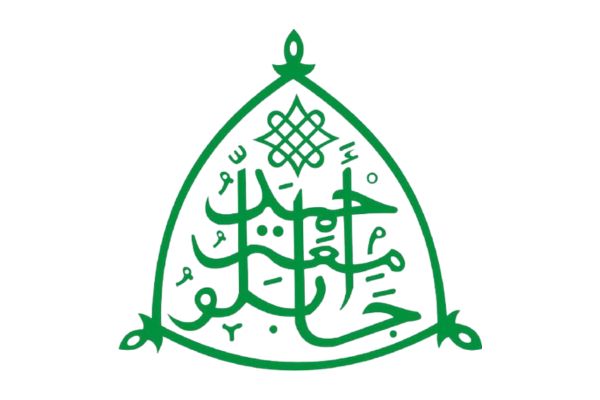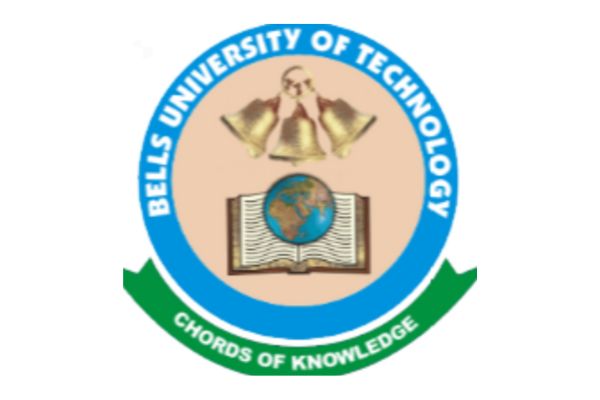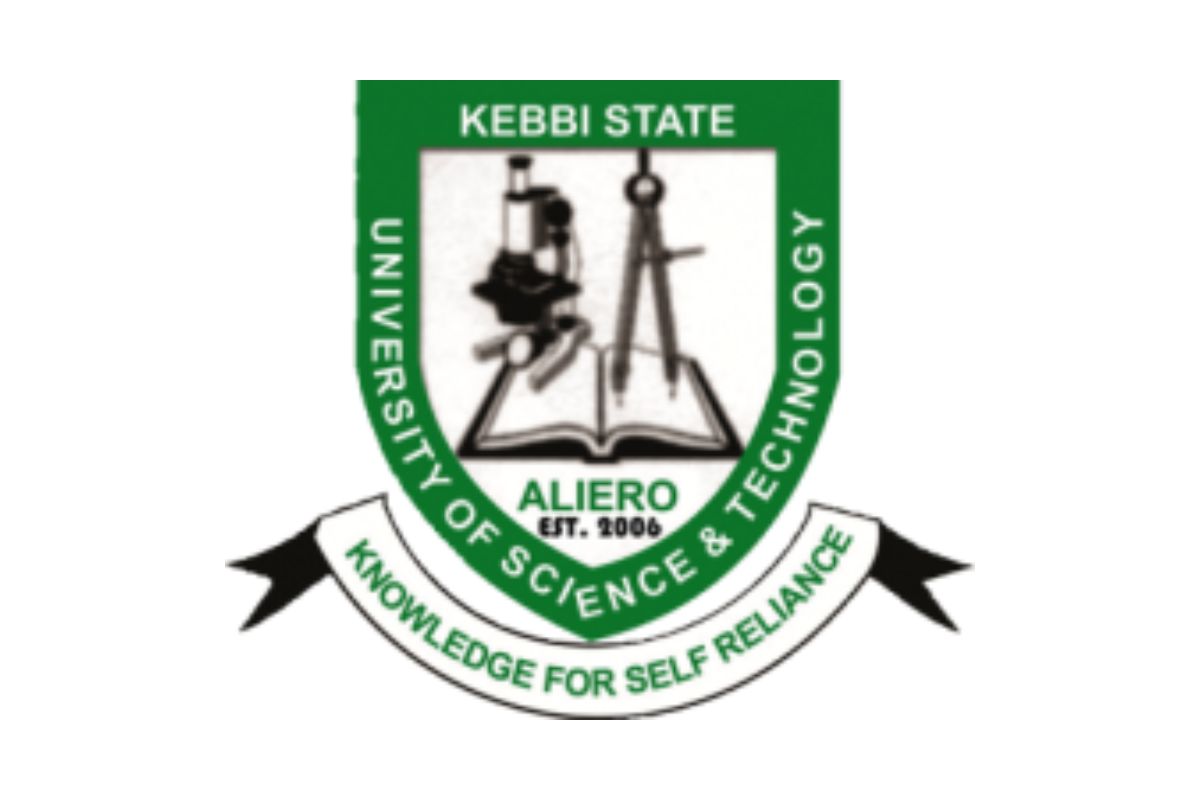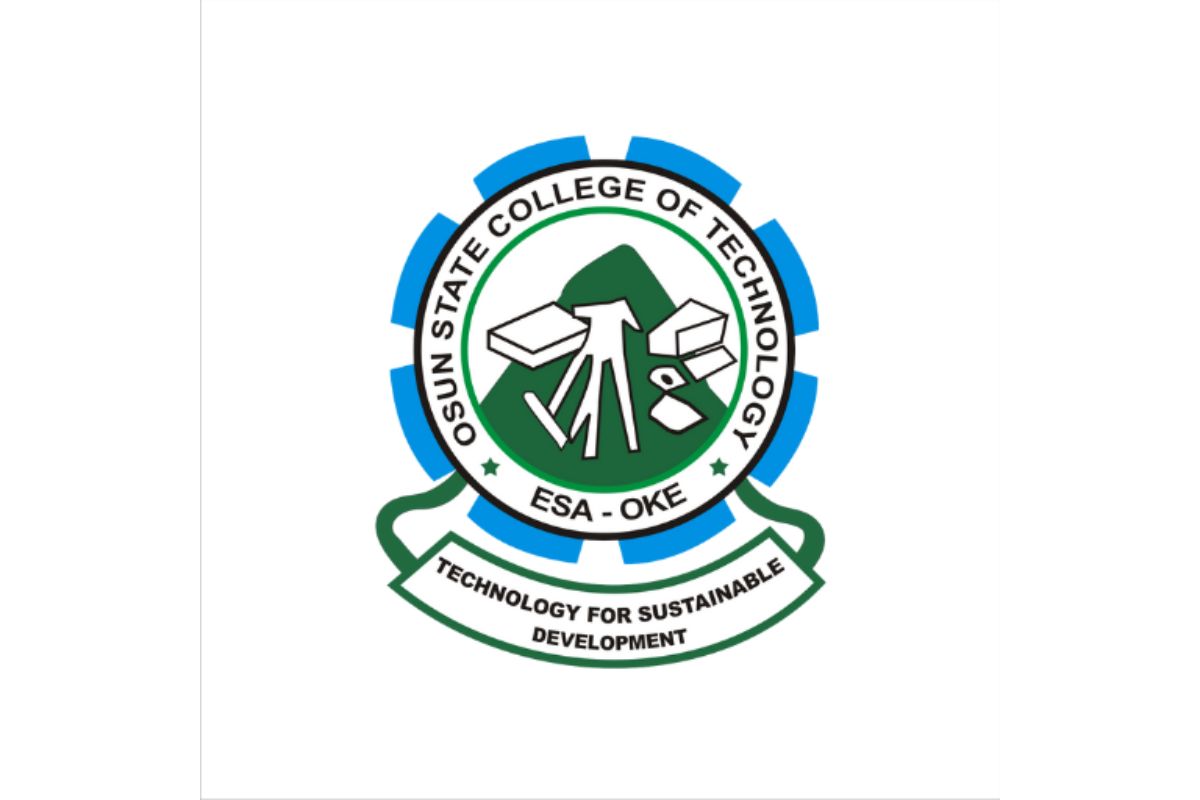In Nigeria, secondary education provides a time for self-expression and identity development in addition to academic advancement. Hairstyles are a major component of this form of self-expression. Nigerian secondary school kids frequently sport a wide variety of hairstyles that express their individuality, cultural influences, and current trends in fashion.
Secondary School Hairstyles In Nigeria
In addition to the lively environment in schools, these haircuts give pupils a way to show off their uniqueness and ethnic pride. In this investigation, we explore the varied realm of secondary school hairstyles in Nigeria, looking at the trends in secondary school hairstyles in Nigeria.
1. Cornrows

In Nigeria, cornrows are a classic and well-liked option for secondary school kids. This traditional hairstyle offers a chic and tidy appearance by braiding the hair in different patterns near the scalp.
2. Afro puffs

Students who embrace their natural hair texture frequently choose afro puffs. These are the spherical hair pieces that protrude from the head, giving the appearance of boldness and volume.
3. Buzz cut or low cut

For many secondary school kids in Nigeria, a buzz cut or low cut is an affordable and low-maintenance alternative. It entails extremely short haircuts, creating a sleek and polished appearance.
4. Bantu Knots

A stylish option is bantu knots, which entail twisting hair into tiny, coiled knots. This fashion not only looks stylish but, when undone, may produce lovely curls.
5. Braids in boxes

Box braids are long, thin braids that come in different thicknesses and lengths for styling. This adaptable hairdo, which may be accessorized with beads or other items, encourages creativity.
6. Twists

Twists are a stylish and textured hairstyle that is achieved by winding two hair strands around one another. This look is well-liked by both male and female pupils and may be worn in different lengths.
7. Braids Fulani

Fulani braids, which are modeled after the traditional braiding designs of the Fulani people, feature smaller braids or twists embellishing the sides and a center braid or cornrow that runs from the forehead to the nape of the neck. This elaborate haircut with a strong ethnic influence displays a combination of heritage and modern flair, which makes it a popular option for Nigerian secondary school pupils.
8. Dreadlocks

Students who value a unique and symbolic appearance love dreadlocks, a hairstyle with matted or locked hair strands. This fashion frequently has personal and cultural meanings.
9. Mohawk

A lengthier hair strip is left down the middle of the head, and the sides of the head are either shaved or very chopped in the Mohawk haircut. Those who want to look distinctive and fearless are drawn to this daring and edgy look.
10. Tall Ponytail

For many youngsters, a high ponytail is a straightforward yet sophisticated option. It entails lifting the hair and tying it up at the top of the head to create a professional, sleek appearance appropriate for both informal and formal occasions.
Conclusion
In Nigeria, secondary school haircuts are more than just a style statement; they are a representation of the vibrant and diverse cultural fabric that permeates these establishments. The hairstyles adopted by students tell tales of heritage, self-expression, and the changing face of fashion, ranging from classic braids to contemporary twists.
Students’ hairdressers become an outward representation of how tradition and modern influences blend as they handle the demanding academics of secondary school. These hairstyles contribute significantly to the development of student’s sense of self, belonging, and pride in the mosaic of secondary school life, enabling them to embark on a distinctive and colorful academic journey







